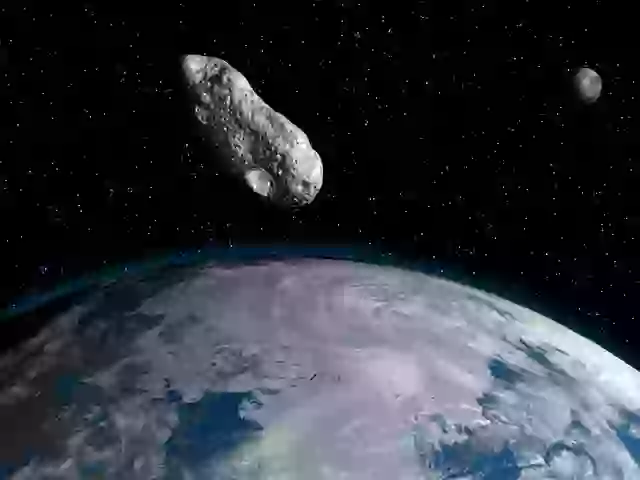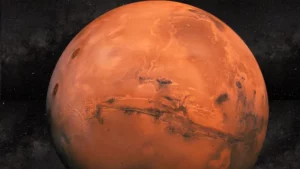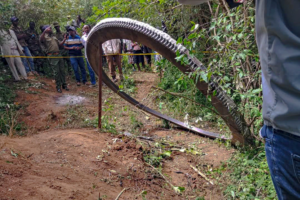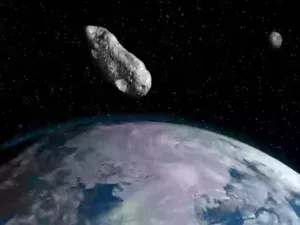NASA Telescope Detects Asteroid Heading Toward the Moon with Force of 500 Hiroshima Bombs

A Potential Lunar Impact—But Earth Remains Safe
NASA’s advanced space telescope has identified a massive asteroid, 2024 YR4, with the explosive power of 500 Hiroshima bombs, potentially on a collision course with the Moon. While Earth is out of harm’s way, scientists are now closely monitoring the asteroid’s trajectory as it moves through space.
A Close Call for Earth
Several months ago, news of 2024 YR4 sent shockwaves through the scientific community and the public alike. The asteroid, located over 100 million miles away, was initially thought to have a small but concerning chance of striking Earth within the next decade. If such an impact had occurred, experts estimated that it could have destroyed entire cities, prompting discussions on possible deflection strategies.
NASA’s previous DART mission demonstrated the ability to alter an asteroid’s path using a high-speed impact, and similar measures were briefly considered. However, new data from NASA’s James Webb Space Telescope (JWST) has since confirmed that Earth is completely safe from any potential collision.
A New Target: The Moon
While Earth may no longer be in danger, the Moon is not as fortunate. Observations from JWST suggest that 2024 YR4 has a nonzero chance of striking the lunar surface. Scientists estimate that the force of impact would be equivalent to 500 Hiroshima bombs, creating a significant crater.
According to an official scientific report from the James Webb Space Telescope team, “While an Earth impact by 2024 YR4 on December 22, 2032, has now been ruled out, it continues to have a nonzero probability of impacting the Moon at this time.”
What Happens Next?
To refine their predictions, NASA scientists will conduct another round of analysis in May 2025. However, after this observation window, 2024 YR4 will move out of view for at least three years, delaying further studies.
Thermal-based analysis from JWST, which provides a more accurate size estimate than ground-based optical telescopes, has revealed that the asteroid measures approximately 60 meters (200 feet) in diameter—comparable to the length of two blue whales or 20 basketball hoops stacked together.
Would a Lunar Impact Affect Earth?
Despite the asteroid’s immense power, experts assure the public that an impact on the Moon would have no direct consequences for Earth. In fact, many scientists are eager to witness such an event. Alan Fitzsimmons, a professor of physics and mathematics at Queen’s University Belfast, stated, “We’ve got our fingers crossed for a Moon impact. It would have no effect on Earth, but would allow us to study the formation of a lunar crater by a known asteroid for the very first time.”
Final Thoughts
While the threat to Earth has been eliminated, the potential for a lunar collision remains an exciting opportunity for planetary scientists. Future observations will determine whether 2024 YR4 will make history by reshaping the Moon’s surface, providing invaluable data on asteroid impacts in our solar system.







